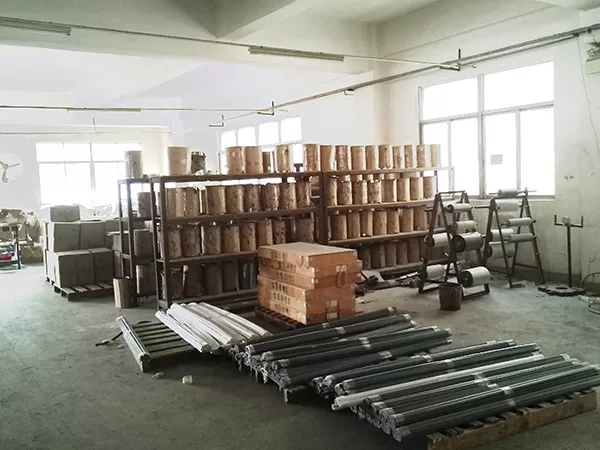

Plastic profiles are revolutionizing the building materials industry by offering an innovative alternative to traditional materials like steel and wood. Their remarkable properties not only enhance building performance but also contribute to environmental sustainability. As technology advances, the adoption and application of plastic profiles are expected to grow rapidly, playing a crucial role in modern architecture. Below, we explore the numerous advantages of plastic profiles, making them a favored choice in construction and interior decoration.
1. Lightweight and High Specific Strength
One of the standout features of plastic profiles is their lightweight nature. With a general density ranging from 0.9 to 2.5 g/cm³, plastics weigh only 1/8 to 1/4 of steel and about 1% of concrete. This significant reduction in weight facilitates easier construction and installation processes. For instance, rigid polyvinyl chloride (PVC) drainage pipes are simpler to handle and install compared to heavy cast iron pipes.
Moreover, plastic profiles boast a high specific strength—many reinforced plastics can match or even surpass the strength of steel. For example, the tensile strength of glass fiber reinforced plastics can reach up to 400 MPa, compared to 160 MPa for alloy steel. This combination of lightweight and strength makes plastic profiles an attractive option for builders.
2. Exceptional Processing Performance
Plastic profiles are incredibly versatile in terms of processing. They can be shaped and molded using various methods, including injection molding, extrusion, blow molding, and more. This adaptability allows manufacturers to create complex designs and intricate patterns with ease. Compared to metals, processing plastics is generally more efficient, requiring less energy and yielding higher output.
3. Multifunctionality
Plastic profiles are not just one-dimensional materials; they serve multiple purposes. The diversity of plastic types means that performance can vary significantly. For instance, some plastics, like glass fiber reinforced plastics, provide strong structural support, while softer variants, such as PVC, are ideal for applications like door and window seals.
Additionally, plastic profiles can be tailored for different applications through unique formula designs. The same PVC can be manufactured to be hard, soft, or foamed, making it suitable for various products, from door and window profiles to flooring and wallpapers. With advancements in reinforcement and blending technologies, the mechanical properties of plastics can be enhanced, providing options that meet specific structural and functional requirements.
4. Aesthetic Appeal and Light Transmission
Plastic profiles also excel in decorative applications, as they can be produced in transparent or translucent forms. Materials such as polycarbonate (PC), polymethyl methacrylate (PMMA), and polystyrene (PS) can mimic glass, offering excellent light transmission. These properties make them ideal for skylights and other architectural features that require natural lighting.
In terms of aesthetics, plastic profiles can be colored in a myriad of options, enabling manufacturers to produce products with metallic finishes, fluorescent effects, or vibrant hues. Advanced surface processing techniques, such as printing and embossing, allow plastic profiles to replicate the appearance of natural materials like wood, marble, and granite. This versatility enhances the visual appeal of any space, adding elegance and sophistication to interior designs.
Conclusion
In summary, plastic profiles present a multitude of advantages for the building materials industry. Their lightweight yet strong nature, exceptional processing capabilities, multifunctionality, and aesthetic versatility make them an invaluable asset for modern construction and interior design. As technology continues to evolve, the potential applications and benefits of plastic profiles will undoubtedly expand, solidifying their place in the future of building materials. By choosing plastic profiles, builders can contribute to energy savings, environmental protection, and enhanced living conditions, all while enjoying the myriad of design options available.
